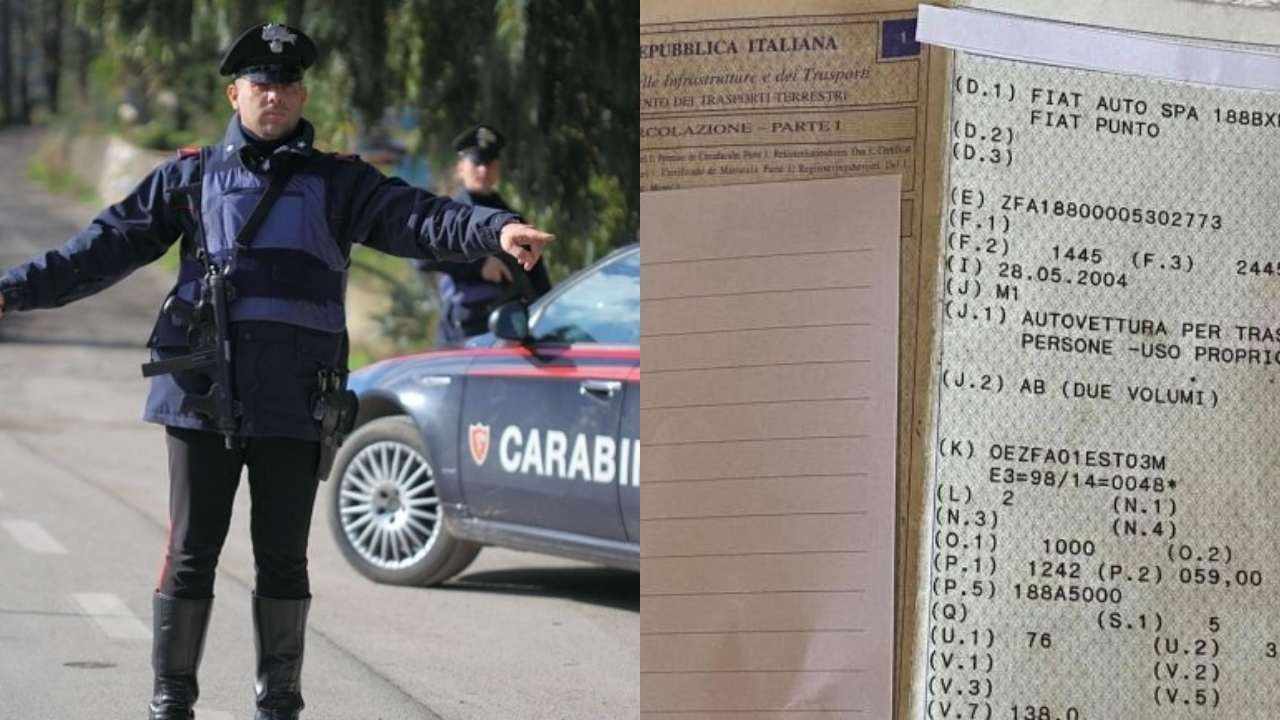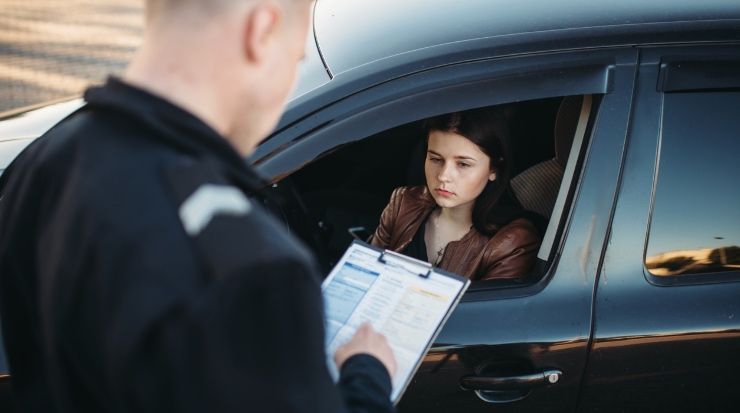Gone are the days when six or more people traveled in a small car. Today, road safety is more vigilant.

A car that is overcrowded with people carries more weight than it was designed for and this could cause front wheelies and changes to ride attitude and road holding. All of this could also obstruct the driver’s movements and vision resulting in accidents.
The consequences on those who have exceeded its limits of people transported it is much more serious than in the past. Therefore, for our safety and that of others, we need to know what happens when there are 6 or more people in the vehicle, even before penalties are imposed in these cases.
A car with too many passengers risks a hefty fine
Every vehicle has a maximum number of people which it can carry. This number is pre-established for each make, model and type of vehicle and can be found on the registration certificate. And we have an obligation not to exceed it. Otherwise the heavy penalties provided for by the Highway Code will be invoked.

There are some fines for carrying extra passengers. First of all, financial penalties and the removal of points on the license. In addition to these penalties, there are also insurance implications in the event of an accident. But let’s now see how many passengers a car can carry and what the penalties and amounts are in case of violation.
How many passengers can we carry?
It is a mistake to think that all cars can hold five people. Manufacturers offer the most wide variety of brands and models and each type can carry a different number of passengers.

Each type of car must be legally approved before being placed on the market and distributed. Furthermore, after some trials, the same vehicle may undergo significant internal and driving position modifications, as in the case of disabled or mobility impaired drivers, or in a car-to-truck conversion, or vice versa.
And the circulation card that talks and tells you the maximum number of people a given car can carry. The information we are interested in can be found in the field called “S.1“. Next to this acronym there is a number that indicates the maximum number of passengers, for example 4 or 5.
Important note: the maximum number also includes the driver, therefore it is not a number referring only to passengers. And it refers to everyone, so it includes children without exception, even toddlers.
If you don’t have your vehicle registration document at hand, there is an easy way to find out how many seats are actually available: just count the number of seat belts installed.
What are the fines if we carry too many people?
If six people travel in a car approved for five passengers, the penalties range from an amount minimum of 42 euros to a maximum of 173 euros.
We assume a possible reduction of payments. If you pay within 5 days of the date of the valuation report, the amount is reduced by 30% compared to the minimum penalty, therefore it amounts to € 29.40.
For vehicles other than cars, such as a coach or bus, the penalties are higher. An overloaded bus will have to pay by a minimum of 173 euros to a maximum of 695 euros.
As we have seen, it makes no difference whether you are an adult or a child. Any passenger, even an infant, who exceeds the maximum number allowed will activate this penalty.
Remember what we said about not restricting the driver’s movement or visibility: if the police find a surplus of passengers, for example sitting on top of each other in the front seat or rear seat, therefore causing an obstruction to visibility or a impediment to the movement of the driver, you will have to pay a fine ranging from a minimum of €87 to a maximum of €345.



